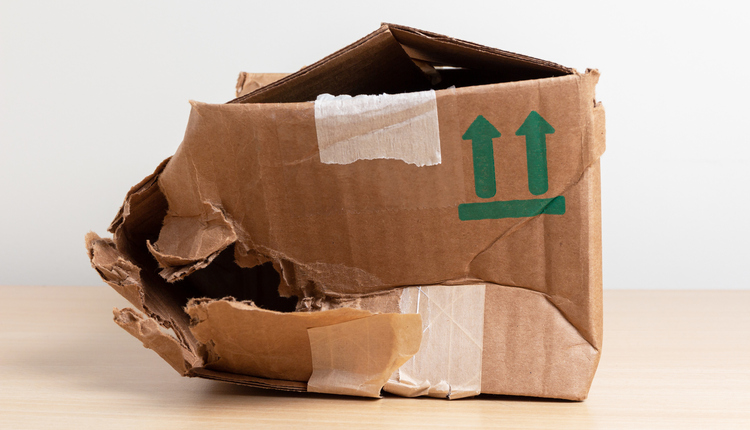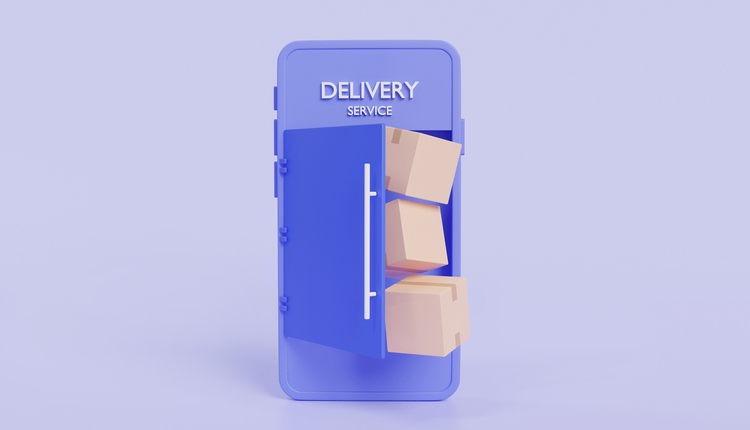People are increasingly interested in eco-friendly packaging materials. They’re more mindful of how collective actions are critical in the planet’s future and how choosing more sustainable options is essential when possible. Doing this is particularly important since online shopping has become so popular. Transitioning to buying more things online than in-person at local shops can raise emissions, but Earth-conscious packaging could help balance the outcomes.
1. Mycelium
Mycelium is the root structure of mushrooms. People are exploring its potential uses as a replacement for foam-based packaging, such as the shaped holders that keep cosmetics in place when boxed.
One positive and negative aspect is that it only takes about a month to break down. That makes it inappropriate for items that spend a long time in transit or may not get sold for months after arriving at retailers. However, it’s ideal for highly perishable items, such as produce.
Relatedly, some company representatives working with mycelium have figured out how to make it last longer. One solution disintegrates within 45 days if wet but offers a three-decade shelf life when kept dry.
Fungi Solutions is an Australian-based company working to grow and create mushroom-based items to replace plastics. Some of the enterprise’s efforts involve partnering with other businesses to maximize waste reduction and sustainability outcomes.
Employees combine mycelium with organic waste, then place the mixture in a mold, letting it dry in a dark, warm room for a week. That step makes the mycelium blend form into the desired shape. Next, it gets dried into a product that becomes a suitable replacement for polystyrene. Consumers will also appreciate that many mycelium-based eco-friendly packaging materials like this one break down in their compost heaps, making disposal extremely straightforward.
Beatrice Tan — the founder of Singaporean startup Mykílio — is set on disrupting the luxury beauty market with mycelium. She believes if people are willing to pay higher-than-average prices for cosmetics, they’ll want products that align with their values, such as sustainability. She points out that it’s more expensive to produce mycelium packaging compared to plastic. However, the plastic will have long-lasting impacts on future generations and mycelium won’t.
2. Packaging Made From Agricultural Waste
Innovations in eco-friendly packaging materials often require paying attention to previously discarded components. That approach supports sustainability by reducing waste and showing people what’s possible with options they formerly considered useless.
Cotton linter now comprises about 3% of the total yield in harvesting, although it was traditionally a waste byproduct of the process. One organization uses the linter to make items ranging from cleaning cloths to face masks. The material breaks down in about a month. Such products are practical solutions to overflowing landfills.
Manufacturers are pursuing other creative solutions, too. Test Valley Packaging is a United Kingdom-based enterprise that creates products such as mailing bags and cartons out of sugar cane waste obtained from Indian farms. It’s especially beneficial because it uses the same manufacturing process and amount of energy as wood pulp.
There’s also traceless, a female-founded startup that focuses on making packaging from plant-based residues found in food production plants and categorized as second-generation biomass. The company uses a manufacturing process to make compostable products without toxic chemicals. The packaging breaks down into water and carbon dioxide after use, so there’s no risk of it contributing to marine pollution like many types of packaging do.
A business called Gracz turns agricultural waste — such as corn stalks and rice straw — into food packaging. Besides the environmental benefits of reusing these former waste products, people from the organization work with farmers to help them convert these materials into additional income streams.
Finding viable uses for agricultural waste requires researching readily available materials that could become new eco-friendly packaging materials. Next, they must explore partnerships allowing connections with the farms or enterprises with materials to sell. However, these examples show the efforts could pay off.
3. Used and Perforated Cardboard
Succeeding with eco-friendly packaging materials requires creative people to think of existing problems and how they could solve them with accessible methods. One company tackles packaging waste by sending products in reusable containers marked with QR codes. The recipient can scan the code to find the nearest drop-off location to return the package.
Another pioneering idea comes from a small business called Tuft the World, which operates in Philadelphia and Canada. This organization specializes in tufting, which turns yarn into a backing fabric for rugs. The owners have been sustainably minded from the start, such as by purchasing yarn made from clothing scraps, composting their office food waste and purchasing carbon-offset credits.
The enterprise also invested in a tabletop machine that perforates old cardboard and turns it into a flexible, paper-based material companies can use instead of bubble wrap. That process allowed the business to save two tons of new packaging material in just a year. It also supports local sustainability. Philadelphia residents cannot put plastic bags, packing peanuts or bubble wrap into recycling bins, but local authorities accept cardboard products.
After seeing the potential results, the business owners ramped up their sustainability by approaching other tenants in their building and getting used cardboard from them. They hope to begin another program where consumers can bring their unwanted boxes in to get shredded for packaging materials.
These efforts also resulted in the creation of a new arm called Shred the World, which sells perforated cardboard as a packaging material. Plans also involve using the perforated cardboard to fill openings in containers to prevent products from moving during transit and possibly breaking.
Eco-Friendly Packaging Materials Must Become Common
These three examples show people can get impressive results by looking for new opportunities to create eco-friendly packaging materials. Such progress must continue because it’s vital to ensuring a more sustainable future. The supply chain industry and many industrial sectors rely on packaging to keep operations running. However, merely discarding it and waiting for new shipments to arrive is not a suitable long-term strategy.
Fortunately, sustainable packaging can curb emissions and waste, helping company leaders show their commitment to the Earth and consumers who demand mindful action from brands. Decision-makers should always test new packaging options carefully and set specific priorities. Focusing on getting results will keep new material inventions moving forward.
Emily Newton is the Editor-in-Chief of Revolutionized. She regularly covers trends in the industrial sector.
















